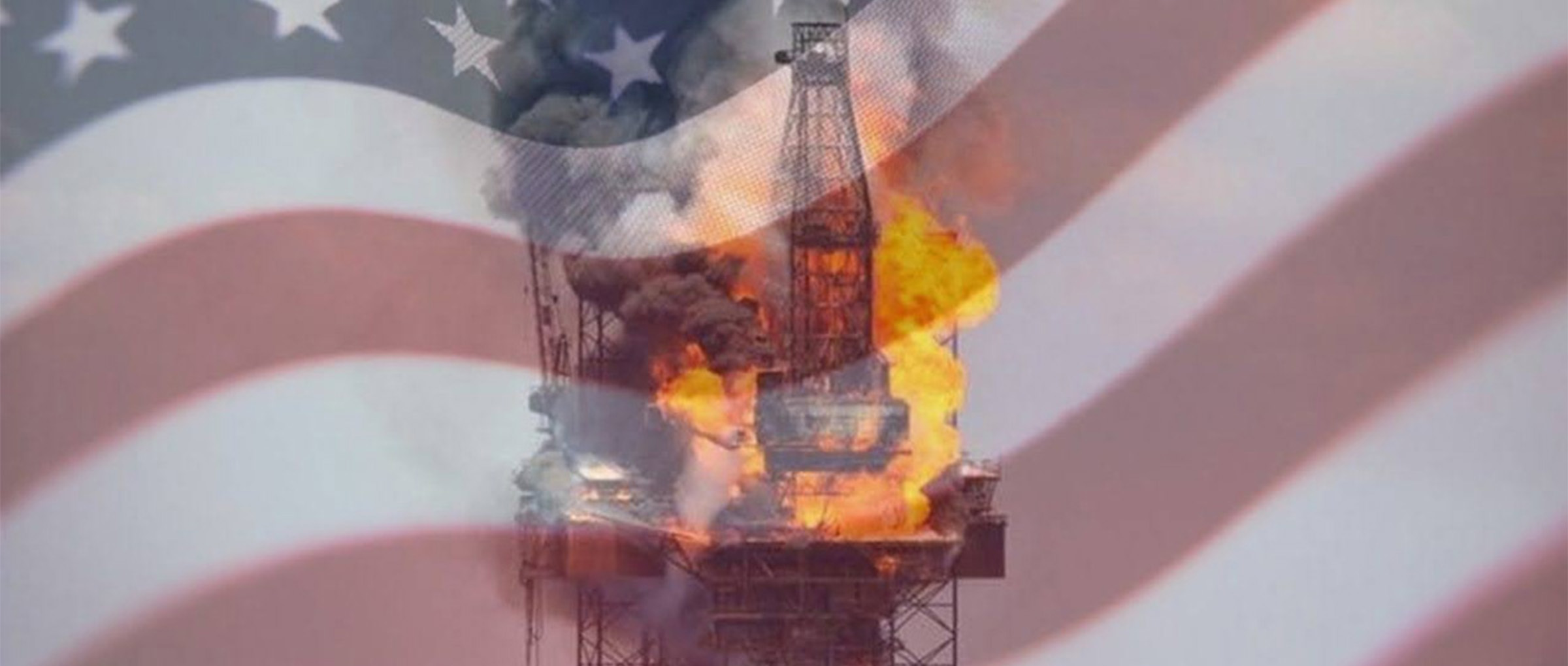The financial risks of ignoring climate change
Some leading central bankers, regulators, and investors warn that if markets don't improve their factoring of climate change into investment decisions, we could see a collapse similar to 2008.
“The challenges currently posed by climate change pale in significance compared with what might come (including) global impacts on property, migration and political stability, as well as food and water security,” Mark Carney, the Bank of England Governor and former Goldman Sachs partner warned Lloyd’s of London insurers.
Carney’s Bank of England colleague Sarah Breeden recently reiterated that warning. “Climate change poses significant risks to the economy and to the financial system, and while these risks may seem abstract and far away, they are, in fact, very real, fast approaching, and in need of action today,” she said. “The financial system needs to act now to plot a new course to safer waters.”
The global impact of climate change
The World Bank predicted that unless we take “concerted action” to cut greenhouse gas emissions, “the worsening impacts of climate change” will turn more than 140 million people into climate refugees by 2050. The 2015 Paris Agreement, with 186 nations on board to reduce greenhouse gases, was the world’s first “concerted action.”
Climate change affects our health, environment, and economy in multiple ways. For instance:
- An increase in extreme weather events, such as heat waves, droughts, and floods, leads to property damage, societal disruptions, and higher insurance costs.
- Elevated temperatures lead to more frequent, severe, and longer heat waves, posing health dangers, especially to children and older adults.
- The rise in sea levels endangers coastal habitats and communities.
- Variations in rainfall patterns, streamflow timing and amounts can disrupt water supplies, affect water quality, and impact hydroelectric power generation.
- Shifts in ecosystems affect various species' distribution and life cycle events, such as migration and reproduction.
- It also deteriorates air and water quality, boosts the spread of certain illnesses, and changes the occurrence and severity of extreme weather events, all impacting human health.

Source: Climate Action Tracker
The need for renewable energy in national security
Securing uninterrupted access to fossil fuels has been seen in the U.S. as a top national security issue since the 1973 and 1979 oil crises. Since then, support for exploration, drilling, refining, and transport of oil and gas has been woven into U.S. military, diplomatic, economic, tax, and even some environmental policies.
Yet even the military warns that continued reliance on fossil fuels undercuts rather than guarantees our national security. In 2017, fifteen retired admirals and generals signed a report saying the U.S. should protect its national security by taking the lead in advanced and renewable energy back from China and Europe. More than 1,100 companies, including energy giants such as ExxonMobil, say the US should stay in the Paris Agreement to combat climate change.
The insurance and credit rating industries are also sending warning signals. Insurers are increasingly refusing to provide insurance in areas at clear risk of fire or flooding. The Society of Actuaries ranked climate change as their top risk factor, ahead of cyber damage, financial instability, or terrorism. Moody’s, the credit rating agency, bought a climate data firm, signaling greater scrutiny of climate risks.
The economic imperative for renewable energy
“If the risk from wildfires, flooding, storms, or hail is increasing, then the only sustainable option we have is to adjust our risk prices accordingly… it might become a social issue,” Ernst Rauch, Munich Re’s chief climatologist, told The Guardian’s Arthur Nelsen. “Some people on low and average incomes in some regions will no longer be able to buy insurance.”
Businesses are taking steps to avoid the crisis. The U.S. Chamber of Commerce’s Global Energy Initiative promotes “a national energy agenda that drives innovation, lowers emissions and fosters economic growth… helping America address climate change.”
“Complacency is our greatest enemy,” the Institute has written. “We must develop new, affordable, diverse, and clean sources of energy that will underpin our nation’s economy and keep us strong both at home and abroad… If we do not take this challenge seriously, America’s economic prosperity, national security, and global standing will be at risk.”
General Electric announced that it would close a California gas plant because it could not compete with solar and wind. Later, GE and Blackrock announced a partnership to provide distributed solar and storage, which allows homeowners and businesses to reduce their dependence on grids that might go down.
These moves are driven by economics, not by politics. According to IRENA and an industry report, renewables are now less expensive than fossil fuels in most global markets. The Los Angeles Department of Water and Power announced a record-low solar price of 1.99¢/kWh and just 1.3¢/kWh for energy storage. Portugal bested that with a record low of 1.6¢/kWh for solar.
Nature reports that China reached “grid parity” in 2019, meaning unsubsidized distributed rooftop solar is cheaper than grid electricity. The U.S. EIA forecasts that 66% of new electric generating capacity in 2019 will come from solar and wind, with 34% from gas, while 54% of system retirements will come from coal, 27% from gas, and 18% from nuclear.
A U.S. government report predicted that “more frequent and intense extreme weather and climate-related events [will] damage infrastructure, ecosystems, and social systems [as well as] the rate of economic growth.”
With the rise in climate-related weather events, Briggs & Stratton Energy Solutions brings stability and security to homes, businesses, commercial enterprises, and industrial facilities nationwide. Learn more about the reliability and innovation of Briggs & Stratton's scalable battery storage line.

Ready to experience true energy independence?
Request a consultation with a Briggs & Stratton dealer or installer near you by clicking the button below.




